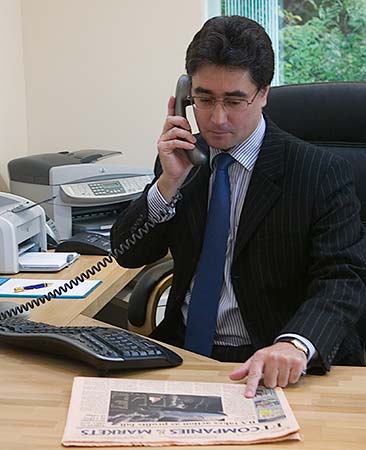While no theoretical distinction can be drawn between the performances of sportsmen and women, and those of other performers, under English Law, Performers’ Rights do not extend to sportsmen and women. This runs counter to the trend of protection in other jurisdictions.
‘The economic arguments for granting Performers’ Rights to sportsmen have become compelling, for example with the introduction of television channels devoted solely to sport. Similarly, with the moral argument for protection: a sportsman’s sporting prowess is as much an aspect of his personality as a musician’s artistry. There is no principal reason for saying that an opera singer should be accorded rights in his or her performance and not a football player. [However] as matters stand a sportsman’s commentary on another’s performance is protected, but not his own performance.’ (‘Performance Rights’, Sixth edition by Richard Arnold Sweet & Maxwell, 2021 para 1-124).
In Mediation, parties can agree to confer Performer Rights on Sportsmen and Women, which can be negotiated and agreed between them as a matter of contract, along with fair remuneration for the commercial exploitation of their performances.
Note also, that in England and Wales, ‘Image Rights’ (also known as ‘Personality Rights’ or ‘Publicity Rights’), which are an artist’s ‘proprietary rights’ in their ‘personality’, and is linked to ‘branding’ and ‘endorsement’, are not codified by statute.
Consequently, unauthorised use of a person’s name and image is litigated in this jurisdiction by claiming for:
(i) Breach of contract;
(ii) Infringement of a Trade Mark;
(iii) Passing off;
(iv) Defamation;
(v) Malicious falsehood;
(vi) Breach of confidence;
(vii) Breach of advertising rules; or
(viii) Breach of privacy.
These commercial disputes can all be resolved by Mediation.
Some members of 1EC Barristers specialise in Sports Law. I do not, and the focus of my next book is the ‘Mediation of Art Music & Performer Disputes’ – see my recent post about this – ‘We can work it out – Mediation of Art Music & Performer Disputes.’ https://lnkd.in/ei4tiQqc
Having said that, what I am pointing out in this post, is that some of the ‘Mediation Tools’ in ‘Art Music & Performer Disputes’, can also be used in the Commercial Mediation of Sportsmen Disputes.
I wonder how many legal practitioners and parties involved in Sportsmen Disputes are aware of this legal and commercial nexus?
Section 180(2) of the Copyright,
Designs and Patents Act 1988 (‘CDPA 1988’) provides:
‘In this Part — “performance” means —
(a) a dramatic performance (which includes
dance and mime),
(b) a musical performance,
(c) a reading or recitation of a literary
work, or
(d) a performance of a variety act or any
similar presentation,
which is, or so far as
it is, a live performance given by one or more individuals; and “recording”, in
relation to a performance, means a film or sound recording—
(a) made directly from the live performance,
(b) made from a broadcast of the
performance, or
(c) made, directly or indirectly, from another
recording of the performance.’
While
in general ‘sporting performances’
are outside the ambit of this definition, arguably certain sports qualify by
way of exception, including:
- Ballroom
Dancing;
- Ice
Dancing; and
- Figure
Skating,
Because they are all
forms of ‘dance’ within category (a).
The mere fact of
competition should not alter this.
If ‘variety act’ is
interpreted as referring to ‘circus performances’, then it may also be possible
to include sports such as gymnastics within the ambit of the words ‘or any
similar presentation’ i.e. because it is difficult to make a distinction
between gymnastics and Circus high-wire or trapeze acts.
‘[There] is nothing in the 1988 Act to exclude performances which otherwise fall within the definition of ‘”performance” merely because they are sporting activities. (Arnold para 2-18).
‘Big
kudos to Carl Islam for this brilliant and timely
discussion about performers’ rights, and the possibilities for athletes to
protect and negotiate value around their own signature expressions.
They’re choreographed
celebrations to subtle expressions of victory, no doubt! But they’re not just
gestures. They’re identity, storytelling, and branding. Carl’s insights
illuminate how mediation can play a critical role, especially where legislation
lags behind innovation.
As someone working in
family systems and co-parenting mediation, I see this principle in action every
day.
When we honor the
performance – the gestures, tone, presence, and energy someone brings into the
room – we get to the heart of what’s valuable and how to protect it.
This is the kind of
ripple effect that resonates across disciplines (law, sports, negotiation,
mediation), and across jurisdictions.’ (Jeff Soilson, California Mediator). https://www.linkedin.com/feed/update/urn:li:activity:7331338416187465729/
